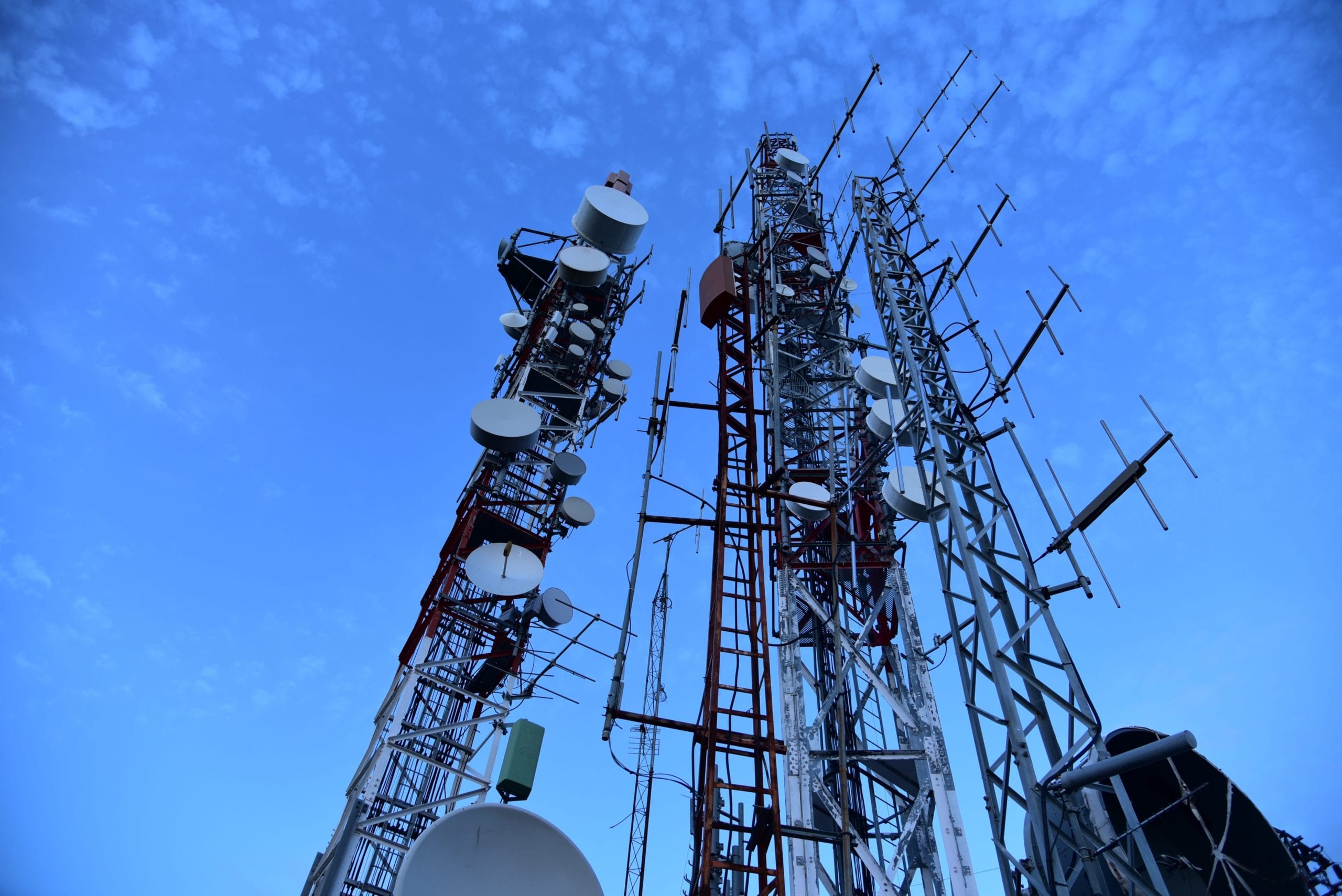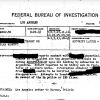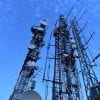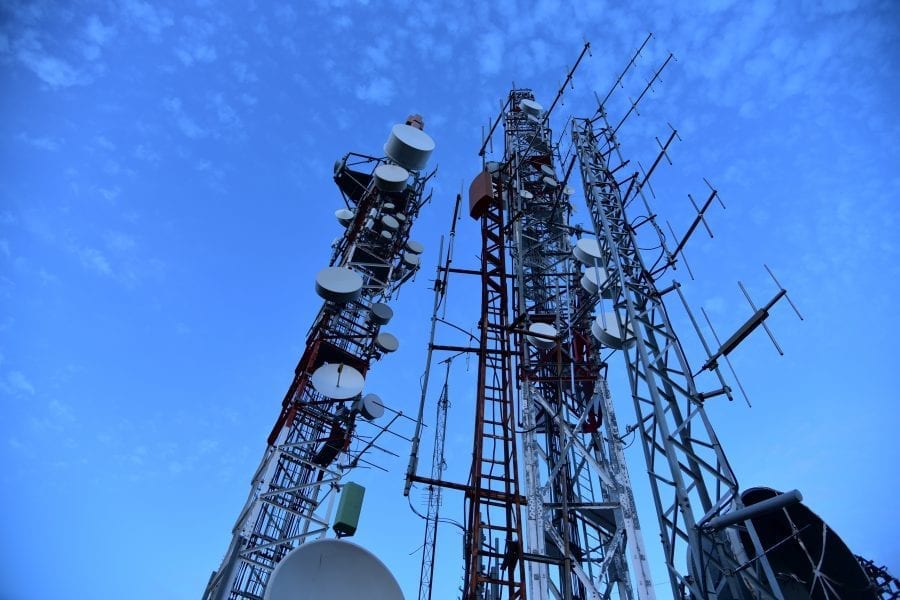PART 2: Ok, so since we’ve set the stage about Upper Moreland, the rollout of these cell towers/antennas, lets take a look at what went on to set the stage for an entity like Crown Castle to really explode on the market, as well as be able to maneuver through townships with almost no restrictions. As a brief reminder:
Crown Castle heralds itself as a Public Utility Company. To my recollection, the parent company obtained a subsidiary company that had a “public utility” standing and in such “became” a public utility. I’m still trying to track this info down, and as to when they did this.
That being said, there is litigation in Pennsylvania disputing this that as I understand as yet is undecided (Crown Castle NG East LLC,et al v. PUC – No. (447 MAL 2018)). I also understand that there is Litigation in California in a similar fashion. Crown Castle has asserted that it IS a public utility and thus has access to the rights of way, however, in light of the pending litigation, this remains to be proven and upheld.
Ok, so why does it matter that CC is a Public Utility Company? Well, see, there are these things called “Public-rights-of-way” – that is, 10ft from any road onto the property is considered public rights of way, and in that space, Utility companies are allowed to operate. Most of us don’t even realize this, but, if you drive along and see telephone poles, power lines, etc – those are all in the public rights of way. Companies that are considered “utility” thus then have almost clear freedom to operate in that zone. Thus, if crown castle is a Public Utility, and its infrastructure is deemed as such as well, well, then it can roll through the country, and deploy said cell antennas in that right of way, almost unscathed.
And the FCC (Federal Communications Commission) is fast-tracking the rollout to allow these providers to deploy their infrastructure to support 5g. Literally,
From their own website, they almost poke fun of municipalities and townships calling them “short-sighted”:
The FCC has reformed rules designed decades ago to accommodate small cells. The reforms ban short-sighted municipal roadblocks that have the effect of prohibiting the deployment of 5G and give states and localities a reasonable deadline to approve or disapprove small-cell siting applications.
So – let me get this straight. Townships and municipalities, that have local residents there, with people that all live and work and play in that region, and commissioners that live and reside in that area, and work with a direct pulse of the communities themselves, are called “short-sighted?” How is it that an outside entity knows what’s “best” for the local residents?
Also, did you notice something peculiar in the FCC’s statement? They say it almost as if to say “hey, we know what’s best, even before it’s time!” Here is the statement:
The FCC has reformed rules designed decades ago to accommodate small cells.
Ok… let’s think about this: 5-10 years ago small cells weren’t even a thing. 10-15 years ago cell phones were barely a thing. 25 years ago and most people didn’t have a computer. 30 years ago, and we were all mostly using landlines.
So riddle me this – you are saying that 30+ year old rules…oh wait, I’m sorry, “reformed” rules, were designed to accommodate small cells? So this is an outlandish statement, or they knew they’d be deploying hyper-local cellular sites and arrays, or they just opened pandora’s box. Why a pandoras box? Well… let’s face it. 30 years ago what was know about radio transmissions, EMFs, exposure to microwaves and the like, was VERY different. So regulations and rules enacted “decades” ago in no way shape or form could be construed to even closely ensure that present technology is “safe.” But…in fact, it is. 30-year-old standards are what is used and are the “guidelines” that 5g rollout and other cellular transmission device companies point to to say “the FCC has deemed these devices and transmissions thereof to be safe for humans.” That’s great that the standards might have paved the way for the rollout of small cells. But perhaps we should look at the standards of safety that were designed decades ago as well. We’ll get to that in the next post. For now, back to the FCC’s “reasonable” standards to ensure that short-sighted townships don’t hold up the rollout of 5g technology.
The “reasonable” deadline is 60-90 days from the date of filing in which a township must act on their filings. That means (again, think about it): Crown Castle or another entity can lodge massive amounts of petitions and appeals (insert their war chest of funds here, seemingly limitless array of attorneys and staff), and thus the burden falls onto local townships and municipalities (insert – residents tax dollars) to comb through and attempt to navigate the proceedings. Now, unless there are variances needed (special allowances) for the deployment, and unless you as an individual resident 1) check the registers and 2) attend the 7:30pm every other Tuesday township meeting, you’d have no clue these things were occurring. On one hand, yes, it is the “responsibility” of the resident to stay informed. On the other, if we look at the “system” at hand, it is nearly impossible (given “lifes” demands) to actually stay current with all the details of one’s municipality.
So, back to the variances needed and municipality. Basically, it appears townships caught wind of the early cases of CC pushing through townships “within their rights”, and started to enact local ordinances to try and at least maintain some modicum of jurisdictional purview over those rights of way. Yet again, thanks to the FCC and federal legislation, it means that any decision must be made within a 60-90 day window. This means once the petition is lodged by CC, the township must act in that window or face penalties. This means that every resident on whose property a variance was being requested for, would, in theory, be notified (we were not), and thus also now have < 30 days to the first hearing, and <90 days to somehow mount a case.
In our case, we were never notified of the variance being lodged for our property, Nor for another cellular antenna variance that was also within 300ft of our property. So, there are violations right here (improper notice)…which we took note of. The other side is this, that also left us with even LESS time to prepare any sort of research and investigation into the codes, rules, and specifics of those variances lodged.
The more I dug, the more I grew in my concern…over a number of issues which I’ll talk about in the next post.





